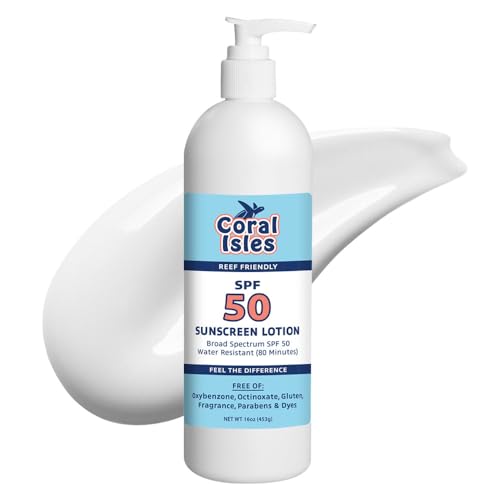NaH2O
Well-known member
- Joined
- Jan 25, 2004
- Messages
- 8,568
Tracy - If you go back and look at the first post, you can see the flatworms on the coral, and see them in between corallites on the acro. Also, if you look at the pics of the dip buckets, then you can compare their size to the mini brittle stars....they are about the size of the central disk. That should give you a good indication on where to look and what to look for (although they are really difficult to see....once you see one, however, you will be able to find them). I found the AEFs nestled down in the branches and the underside of the branches, and I could see them clearly on the colonies most severly infected. If you take the acro out, and examine it with a magnifying glass, you should be able to find the eggs. They are quite small when by themselves, but I found them in groups that were easy to spot. Most eggs were found at the base of the branches, underside of branches near the base, or tucked in the center of the colony. Give your coral a good look over, let it be for a week or two, then give it another look. I'd say by the time the QT for the coral is over, you should be able to spot them if you have them.
Leebca - thanks for tagging along with this thread.
I've been out of town, and I didn't get to my "scheduled" dip, so hopefully I can get to it tomorrow sometime. I have to get the other QT ready to take the corals after their dip, too. I feel transferring the corals from tank to tank is the best method for me, combined with the dips. It will allow for any eggs, that may have been laid on surfaces other than the coral, to be wiped out.
So far the corals are hanging in there. I'm interested to see if I can find any flatworms or eggs at the next dip.
Leebca - thanks for tagging along with this thread.
I've been out of town, and I didn't get to my "scheduled" dip, so hopefully I can get to it tomorrow sometime. I have to get the other QT ready to take the corals after their dip, too. I feel transferring the corals from tank to tank is the best method for me, combined with the dips. It will allow for any eggs, that may have been laid on surfaces other than the coral, to be wiped out.
So far the corals are hanging in there. I'm interested to see if I can find any flatworms or eggs at the next dip.


































































